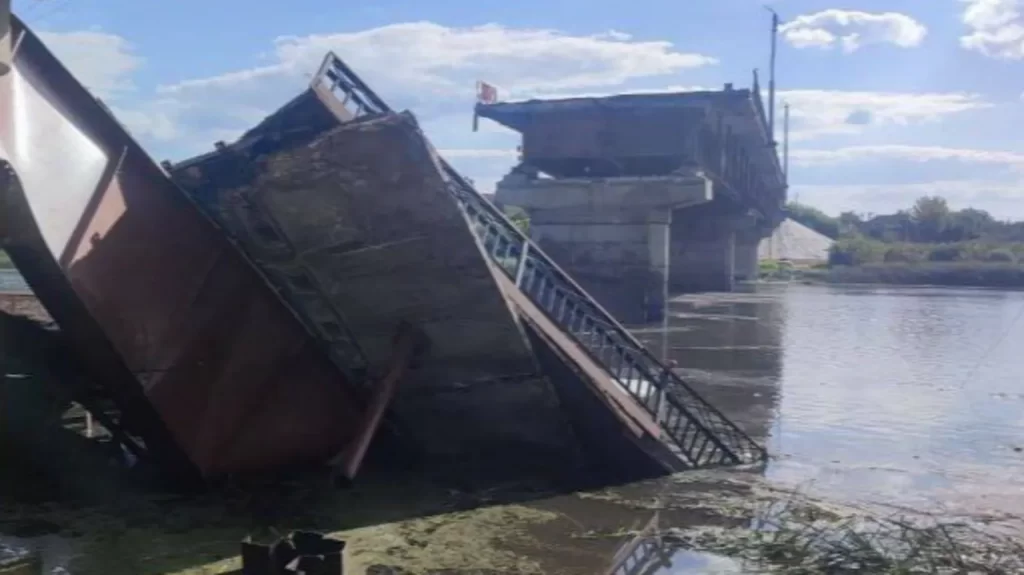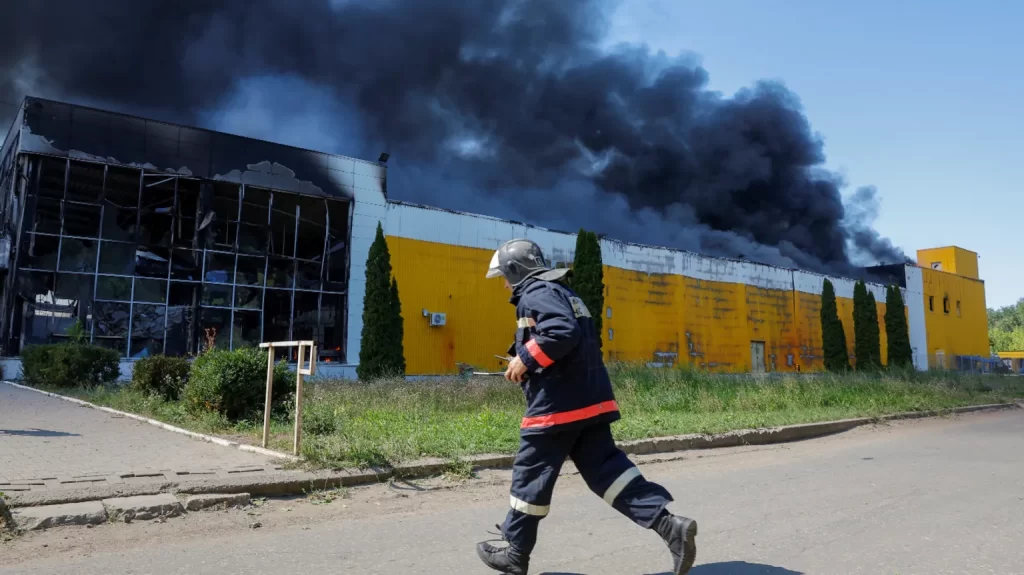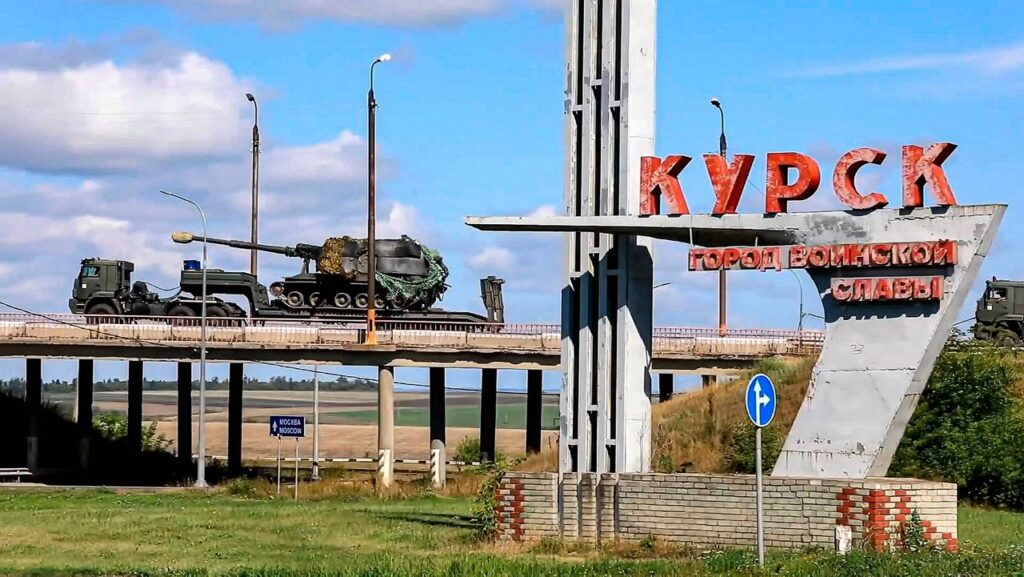Ukrainian forces have destroyed a strategically important bridge over the river Seym in Russia’s Kursk region, marking a significant development in their ongoing incursion into Russian territory. The operation, which occurred near the town of Glushkovo, has reportedly cut off part of the local district, according to Russian officials.

The bridge, crucial for the Kremlin’s troop supply lines, was targeted as part of Ukraine’s deepest incursion into Russia since Moscow’s full-scale invasion began over two years ago. Now in its second week, the operation has led to the evacuation of more than 120,000 people from the affected areas.
Ukrainian President Volodymyr Zelensky stated that Ukrainian troops are strengthening their positions in Kursk, referring to the captured territories as an “exchange fund,” suggesting potential future negotiations with Moscow.
Mykhailo Podolyak, a senior aide to President Zelensky, emphasized on Friday that Ukraine’s objective is not to occupy Russian territories but to compel Moscow to enter negotiations “on our own terms.”

General Oleksandr Syrsky, head of the Ukrainian military, reported further progress in the offensive, with troops advancing between one to three kilometers in some areas. He expressed hope of taking “many prisoners” from a battle in the village of Mala Loknya, approximately 13km from the border.
In response to the Ukrainian advance, officials in Russia’s neighboring Belgorod region announced plans to evacuate five villages starting August 19.

While Ukraine pushes into western Russian territory, Russian forces continue to make gains in eastern Ukraine. Moscow claims to have captured Serhiivka, bringing Russian troops closer to the vital logistics hub of Pokrovsk.
The ongoing conflict has also seen increased shelling in the Russian-held Donetsk region, with reports of civilian casualties on both sides.
As the situation develops, this incursion represents a significant shift in the dynamics of the Ukraine-Russia conflict, potentially influencing future diplomatic and military strategies in the region.



